African Grey Parrots
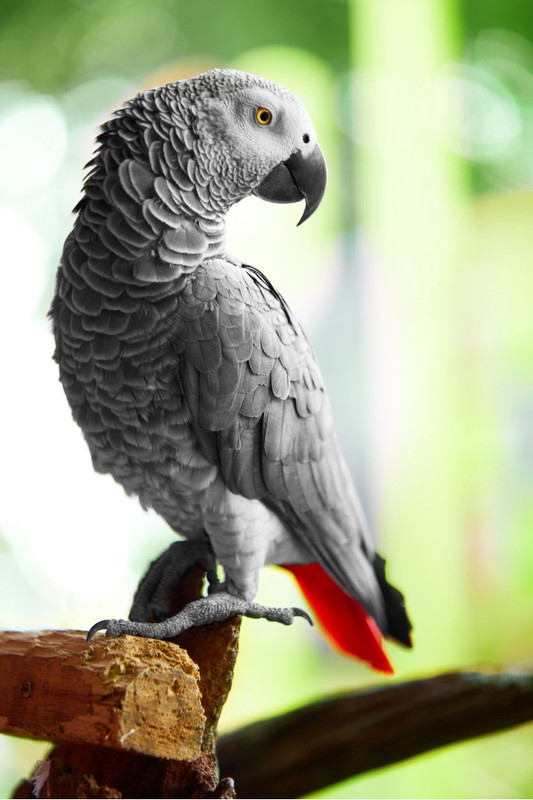 Known for their intelligence and amazing vocabulary, African grey parrots are a popular pet psittacine. There are two species of African grey parrot. The Congo African grey is the larger of the two and is more well known. It has a completely black beak with bright red tail feathers. The Timneh African grey is the smaller of the two species and has a more pale colored upper beak and darker tail feathers. Due to their extreme intelligence and sociable nature, they require lots of attention from their family and plenty of stimulating activities throughout the day to keep their minds occupied.
Known for their intelligence and amazing vocabulary, African grey parrots are a popular pet psittacine. There are two species of African grey parrot. The Congo African grey is the larger of the two and is more well known. It has a completely black beak with bright red tail feathers. The Timneh African grey is the smaller of the two species and has a more pale colored upper beak and darker tail feathers. Due to their extreme intelligence and sociable nature, they require lots of attention from their family and plenty of stimulating activities throughout the day to keep their minds occupied.


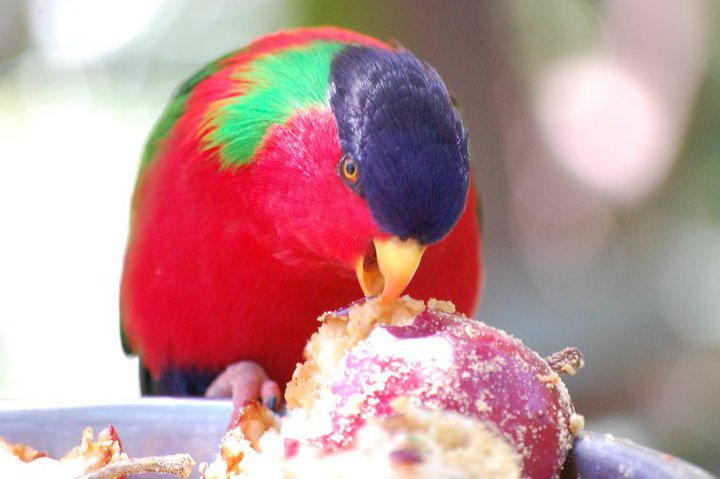 Lorikeets and Lories are a species of parrot that you won’t forget once you meet one! They are colorful, interactive and almost always ready to play. Native to Australia, southeast Asia, Polynesia and Papua New Guinea, these birds are commonly found at interactive zoo exhibits. Their tongues are different from other parrots and a have brush tips that allows for these birds to eat nectar. Zoos will give out cups of nectar to visitors to feed the birds and learn about these unique species. Many people have these birds as pets but they are slightly different than other psittacine birds.
Lorikeets and Lories are a species of parrot that you won’t forget once you meet one! They are colorful, interactive and almost always ready to play. Native to Australia, southeast Asia, Polynesia and Papua New Guinea, these birds are commonly found at interactive zoo exhibits. Their tongues are different from other parrots and a have brush tips that allows for these birds to eat nectar. Zoos will give out cups of nectar to visitors to feed the birds and learn about these unique species. Many people have these birds as pets but they are slightly different than other psittacine birds.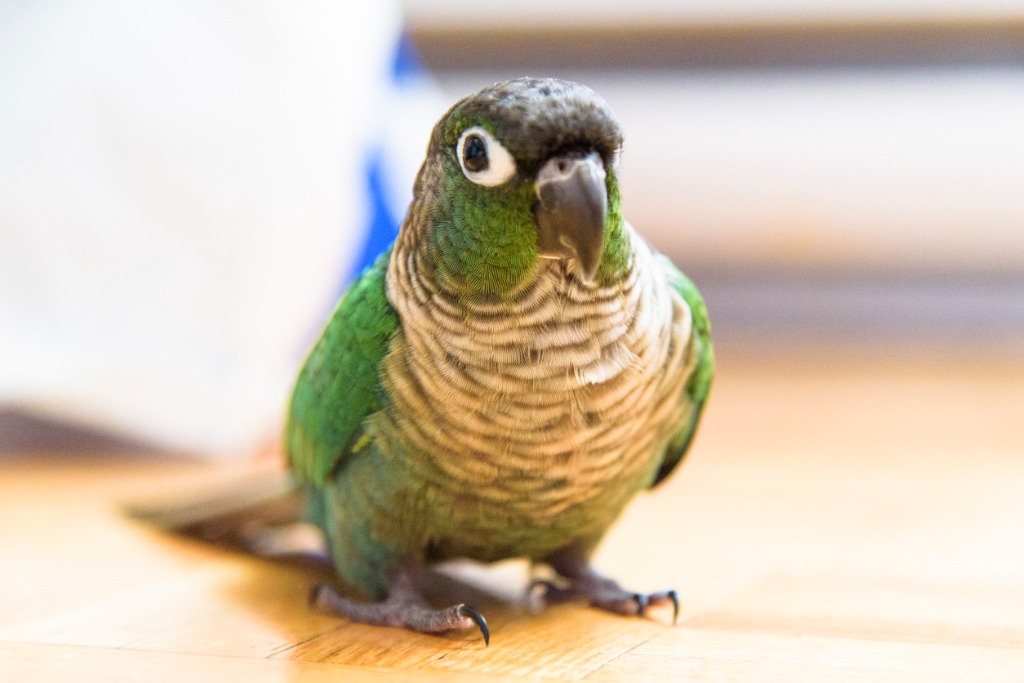
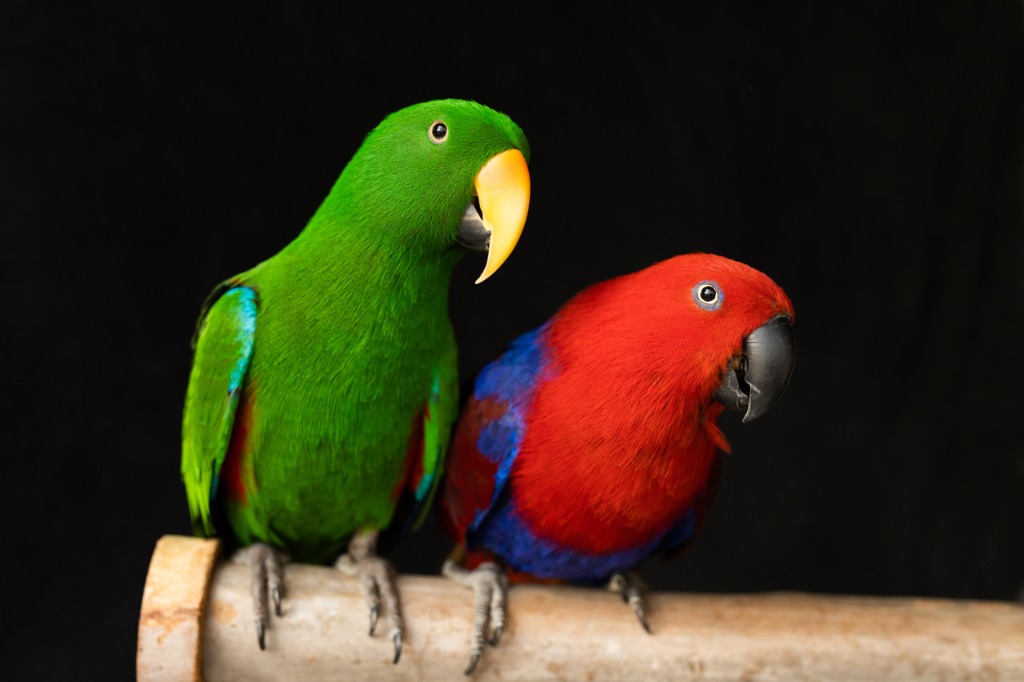 Eclectus parrots are often admired for their beauty and calm nature. They are unique in the parrot world because the male and female sex can be easily distinguished. Females are red while males are green. There are several different subspecies that are found in the Solomon islands, northeastern Australia, Maluku islands, New Guinea and Sumba.
Eclectus parrots are often admired for their beauty and calm nature. They are unique in the parrot world because the male and female sex can be easily distinguished. Females are red while males are green. There are several different subspecies that are found in the Solomon islands, northeastern Australia, Maluku islands, New Guinea and Sumba. 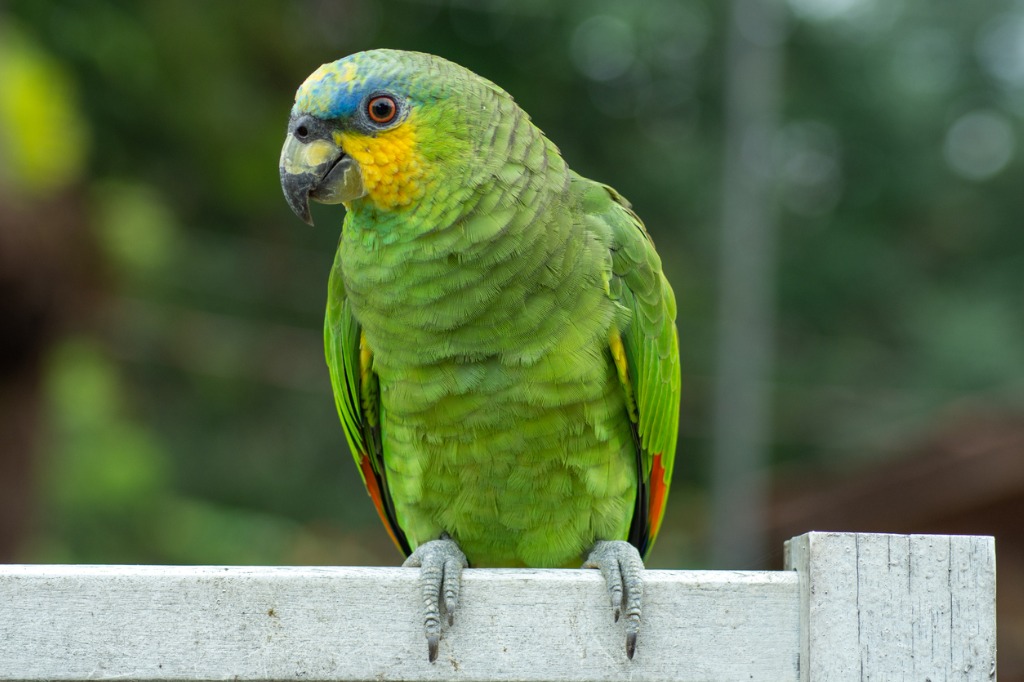 Amazons consist of a wide group of medium sized parrots native to Central and South America. They have short tails and are often mostly green in color. Naturalized flocks of Amazon parrots of various species can be found living in certain parts of southern California. Although no one knows for certain exactly how they got there, they certainly are thriving! Amazons are very vocal and can be quite entertaining. Some have extensive vocabularies and they seem to enjoy singing.
Amazons consist of a wide group of medium sized parrots native to Central and South America. They have short tails and are often mostly green in color. Naturalized flocks of Amazon parrots of various species can be found living in certain parts of southern California. Although no one knows for certain exactly how they got there, they certainly are thriving! Amazons are very vocal and can be quite entertaining. Some have extensive vocabularies and they seem to enjoy singing.